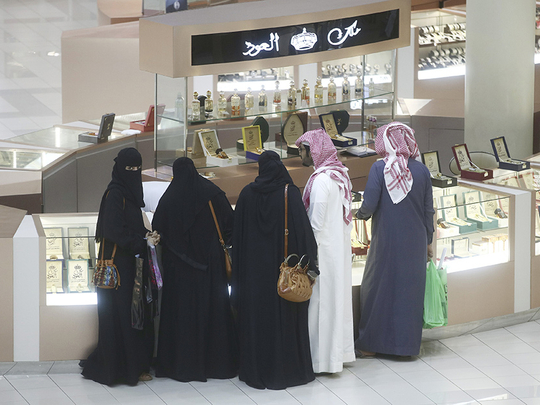
Dubai: Economic growth is expected to improve in 2017 across the GCC states, except in Oman and Bahrain, according to the global and regional economic outlook and sector analysis of Coface, a trade credit management solutions and risk information services provider.
The GCC economies have recorded a sharp slowdown in 2016 amidst public sector spending cuts, tightening liquidity, and investor uncertainty. All GCC countries except Kuwait, had seen economic contraction in 2016.
The Coface analysis shows that UAE growth will pick up in 2017 to reach 2.5 per cent up from 2.3 per cent in 2016 because this country is more diversified from oil than its neighbouring GCC countries.
“The UAE has remained relatively resilient in the face of lower hydrocarbon prices because of its economic diversity, but the lower oil revenues left government spending constrained and this had a spillover effect on all economic activities. The slight rise in oil prices now should give a corresponding impetus to the UAE economy,” said Massimo Falcioni, CEO of Middle East Countries at Coface.
While Abu Dhabi, the most oil-dependent emirate will continue to see a slowdown in 2017. Dubai should be more resilient but some non-oil economic activities could still falter. “Overall, the country’s growth will be driven by the tourism and financial sectors, while difficulties in the construction sector will remain,” Falcioni said.
The UAE was rated the top country in the Middle East and North Africa in ‘Doing Business Ranks, Most Improved Globally’, according to a World Bank report published at the end of October last year.
“The stable political and security climate of the UAE helps it stand out in the region. The country’s business climate, already the most favourable in this region, is improving further. The expected passing of the new UAE insolvency law will make the country still more business-friendly, giving companies in difficulty a reliable mechanism to restructure their operations,” said Falcioni.
Saudi Arabia’s economic growth is expected to accelerate to 1.8 per cent in 2017 from 1.3 per cent in 2016. For Qatar, its huge financial reserves and still-strong revenues from its gas sector will ensure continued public sector spending ahead of the FIFA 2022 World Cup. This will keep the country’s growth trajectory relatively high in the region. Qatar’s economic growth is forecast to be 3.3 per cent in 2017 up from 2.6 per cent in 2016.
The Bahrain economy will shrink further going down to 1.7 per cent in 2017 from 2 per cent in 2016. Growth in Oman will also dip slightly again to be 1.7 per cent in 2017 from 1.8 per cent in 2016.
Kuwait’s economy had more than doubled from 2015 to 2016 going from 1.1 per cent to 2.4 per cent. In 2017, the country will grow more and reach 2.6 per cent.












